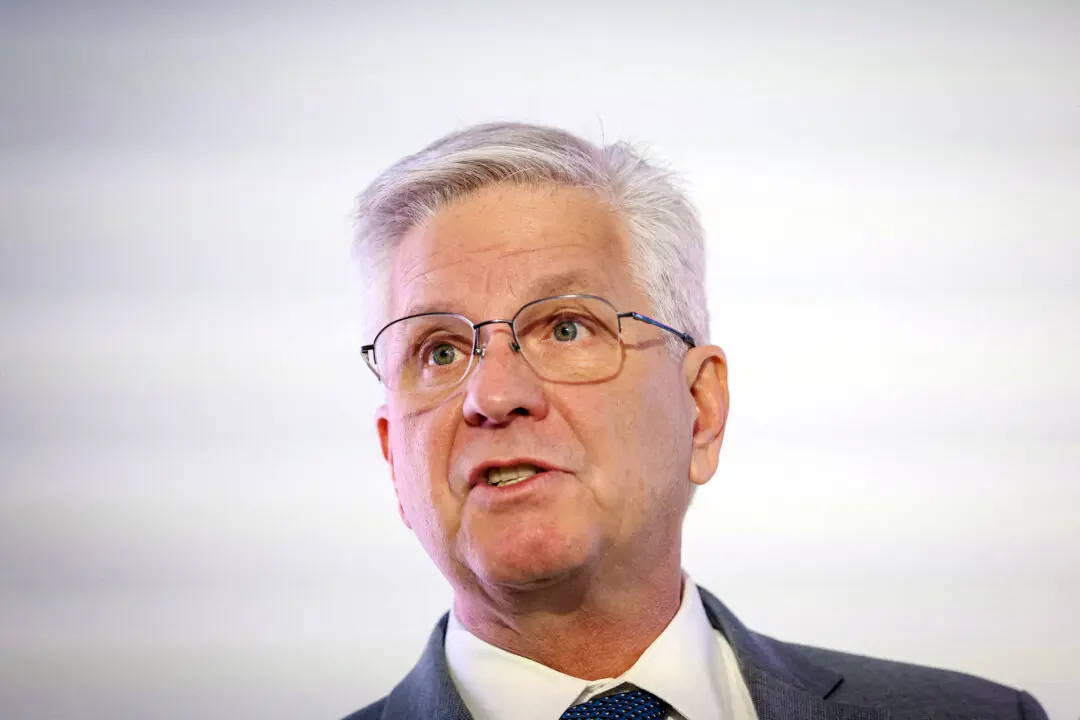New labor market data show that the number of permanent job losses—a measure of workers who lost their employment and were not expected to be recalled by their employers—increased for the second consecutive month.
According to data from the Bureau of Labor Statistics (BLS), the total number of permanent job losers rose by 58,000 monthly to 1.893 million in November, a three-year high.





